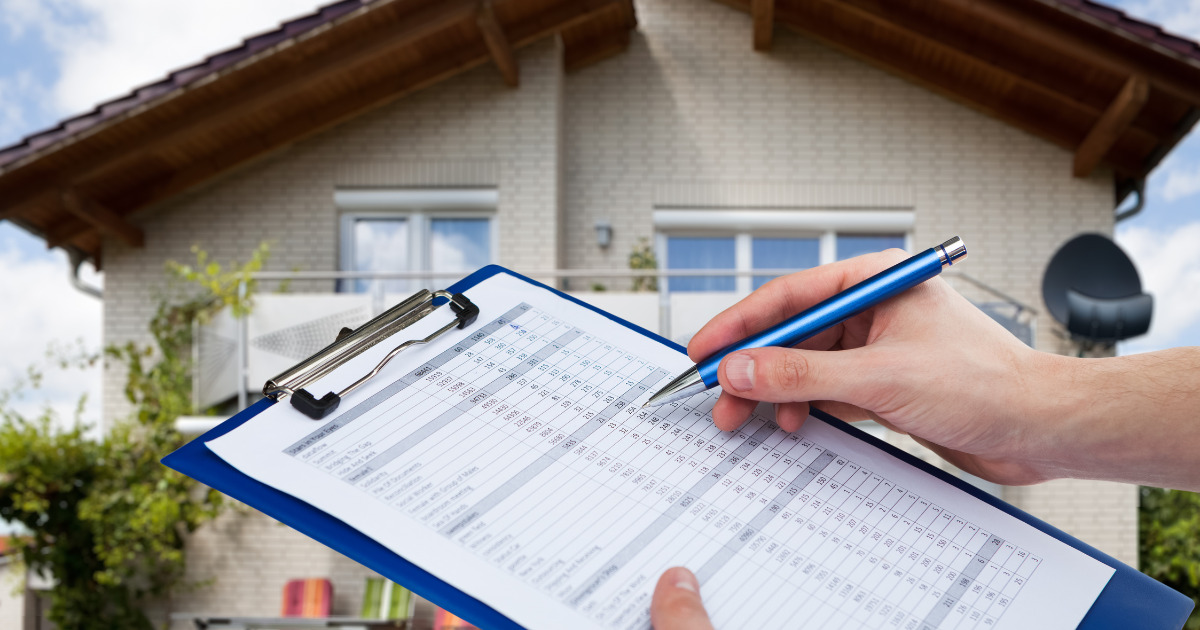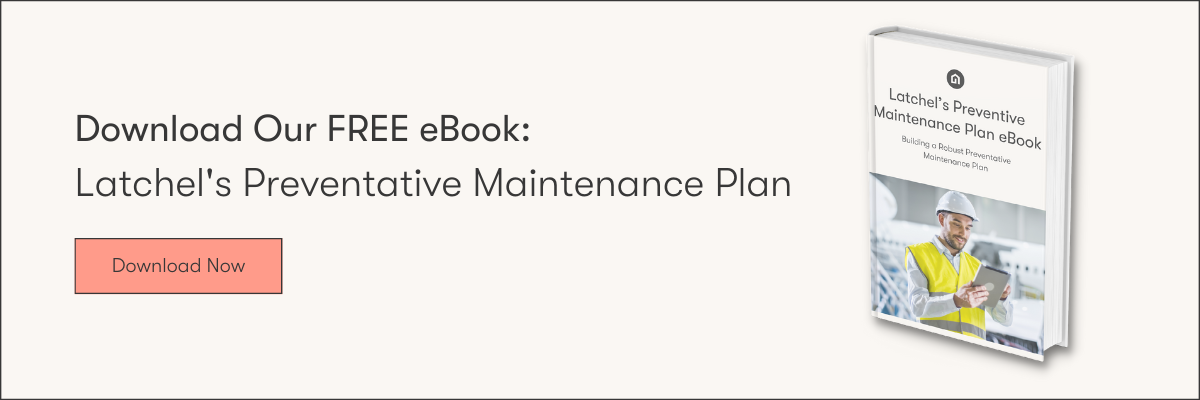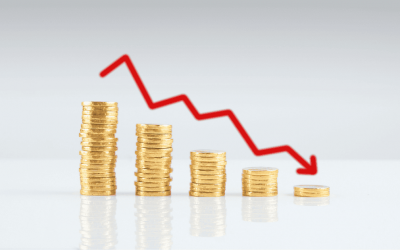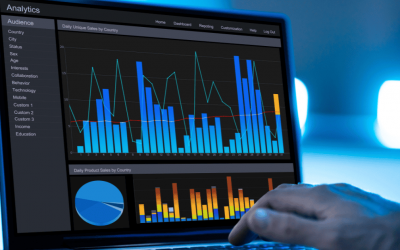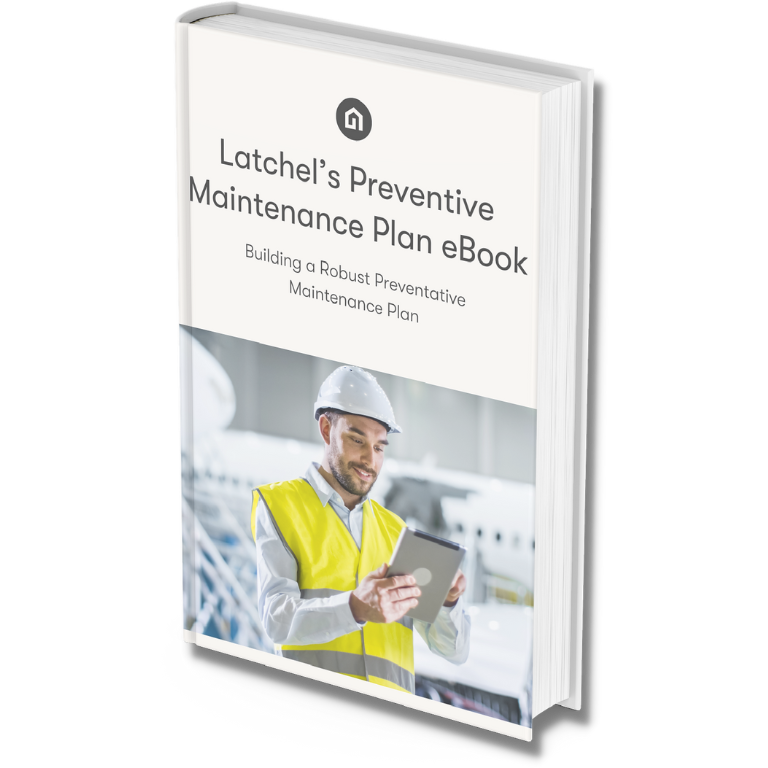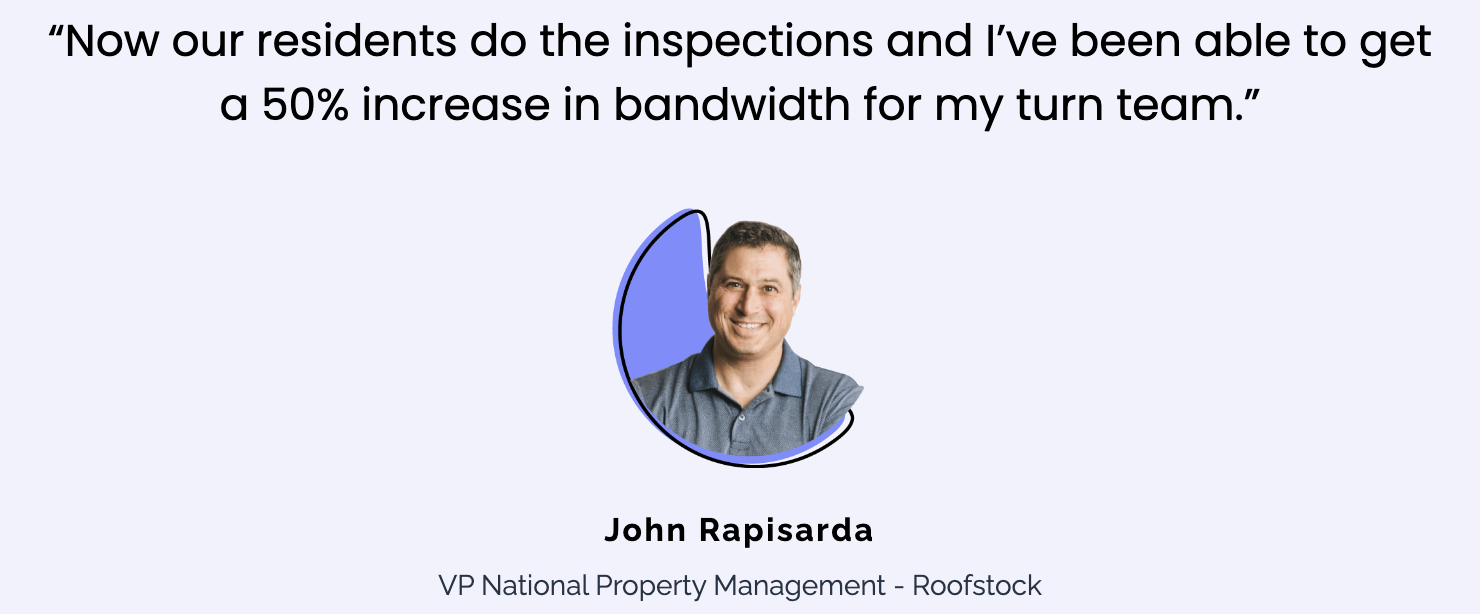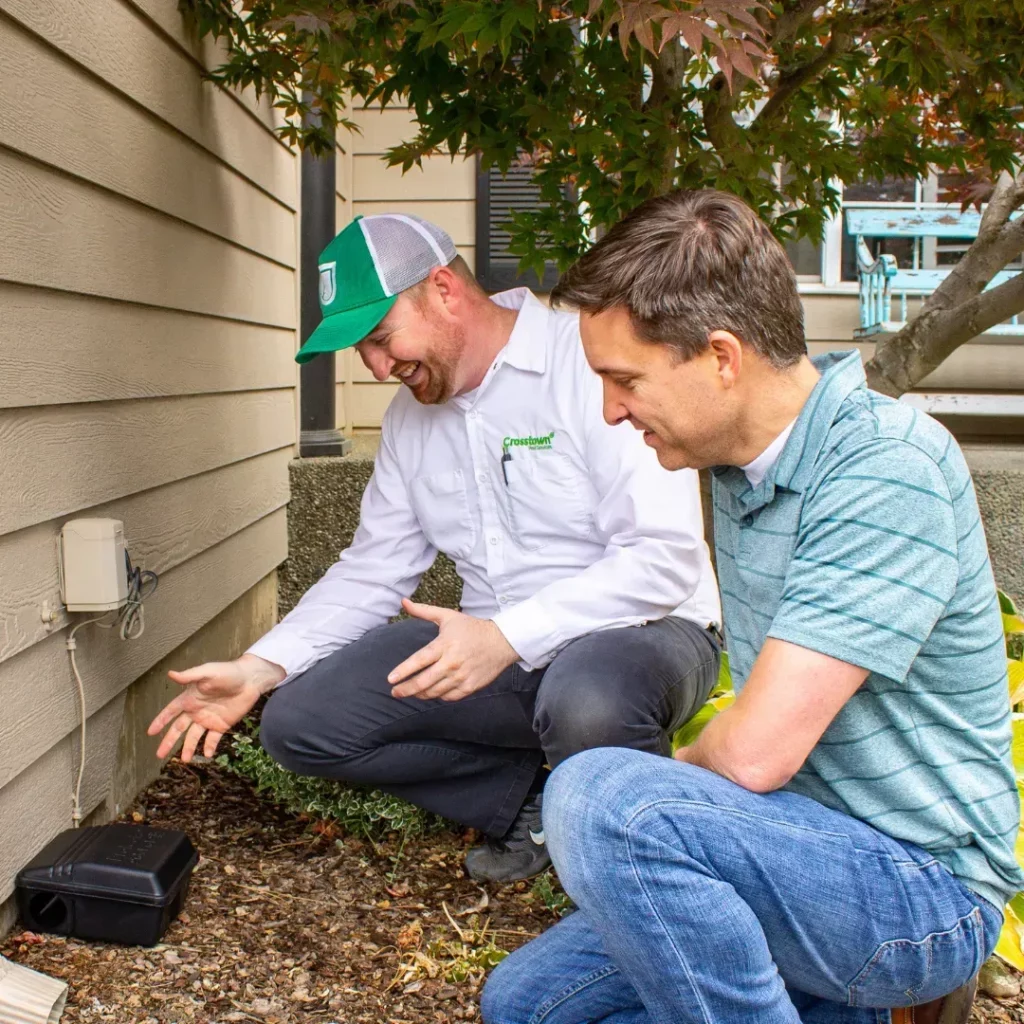Preventing problems before they occur is a fundamental principle of effective property management. Let’s first start by uncovering the key reasons why investing time and effort into building a preventative maintenance plan is crucial:
- Avoid Costly Repairs: Do you know what’s more expensive than fixing a broken pipe? Fixing a broken pipe that has caused extensive water damage, disrupted tenants, and requires emergency repairs. A preventative maintenance plan helps you identify and address potential issues early on, mitigating the risk of costly repairs and minimizing disruptions to your tenants.
- Extend Asset Lifespan: Imagine your properties as superheroes, fighting the battle against wear and tear. With a preventative maintenance plan, you become their trusty sidekick, equipped with tools and strategies to protect them from premature aging. Regular inspections, timely repairs, and preventive measures ensure that your assets remain in peak condition, extending their lifespan and maximizing their value.
- Enhance Tenant Satisfaction: Happy tenants are like unicorns – they’re magical, elusive, and bring good fortune. By proactively addressing maintenance issues, you create a pleasant living environment that fosters tenant satisfaction. Regularly scheduled inspections, responsive maintenance services, and well-maintained common areas make your properties more desirable, attracting and retaining quality tenants.
Next, let’s explore the various approaches that contribute to proactive maintenance, highlighting the differences between reactive maintenance, targeted maintenance, inspections, unit turnovers, and preventative maintenance. By understanding how each approach plays a unique role in cost reduction, you can develop a comprehensive strategy to optimize your maintenance operations and maximize efficiency.
Reactive Maintenance
Reactive maintenance is the fire-fighting approach, where repairs and maintenance tasks are carried out in response to immediate needs or emergencies. While it may be necessary in certain situations, relying solely on reactive maintenance can lead to higher costs in the long run. Emergency repairs often come with premium prices, and delays in addressing issues can exacerbate problems and result in more extensive damage.
Targeted Maintenance
Targeted maintenance involves prioritizing properties or systems that are known to have recurring issues or require specialized attention. By focusing efforts on these specific areas, property managers can address the root causes of problems and implement solutions that reduce overall maintenance expenses. Targeted maintenance helps prevent the escalation of issues, leading to more cost-effective and efficient long-term operations.
Inspections
Regular inspections are proactive measures designed to identify potential problems before they escalate into larger issues. By conducting thorough inspections, property managers can detect maintenance needs, identify areas for improvement, and address small problems before they become major expenses. Inspections provide valuable insights into the condition of properties, enabling early intervention and more accurate maintenance planning.
Unit Turnovers
Unit turnovers involve upgrading and preparing rental units to meet a standardized condition before new tenants move in. This process ensures that each unit is well-maintained, reducing the likelihood of immediate maintenance issues arising for new tenants. By investing in unit turnovers and bringing properties to a higher standard, property managers can minimize reactive maintenance demands and enhance tenant satisfaction.
Preventative Maintenance
Preventative maintenance is the cornerstone of proactive property management. It involves planned and scheduled service and maintenance tasks based on seasonal considerations, manufacturers’ recommendations, and the lifespan of appliances or systems. By adhering to a preventative maintenance plan, property managers can identify potential issues, perform routine servicing, and implement necessary repairs before problems arise. This approach not only reduces overall maintenance expenses but also extends the lifespan of assets and minimizes disruptions to tenants.
The Synergy of Proactive Approaches
While each of these approaches—reactive maintenance, targeted maintenance, inspections, unit turnovers, and preventative maintenance—plays a distinct role, they are all interconnected and contribute to reducing overall maintenance expenses. By incorporating a comprehensive strategy that combines these approaches, property managers can effectively allocate resources, mitigate costly emergencies, optimize maintenance operations, and improve the financial performance of their properties.
By embracing a proactive mindset and implementing these various approaches, property managers can establish a more cost-effective and sustainable maintenance plan.
Want to dive deeper and receive practical insights, templates, and checklists to guide your journey towards reducing overall maintenance expenses and achieving long-term success in property management? Click here to download our Free eBook: Building a Preventative Maintenance Plan.



